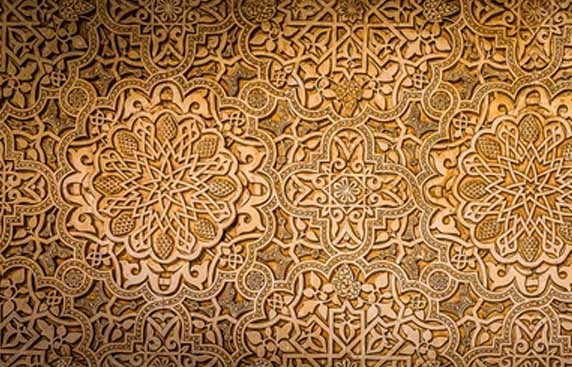The Art of the Islamic World: Exploring a Rich Cultural Heritage
 Welcome to our comprehensive guide on the captivating art of the Islamic world. In this article, we delve into the diverse and culturally significant artistic traditions that have emerged throughout the history of Islamic civilizations. we aim to provide you with an extensive resource that surpasses existing articles, ensuring you gain a deep understanding of this enchanting subject matter.
Welcome to our comprehensive guide on the captivating art of the Islamic world. In this article, we delve into the diverse and culturally significant artistic traditions that have emerged throughout the history of Islamic civilizations. we aim to provide you with an extensive resource that surpasses existing articles, ensuring you gain a deep understanding of this enchanting subject matter.
An Overview of Unit Three: Art of the Islamic World
The “Art of the Islamic World” is a valuable educational tool that introduces students to the fascinating artistic expressions found within Islamic cultures. The unit encompasses a wide range of topics, including calligraphy, ceramics, textiles, and architecture. While the existing article on the Met’s website offers a solid introduction to this unit, our goal is to provide a more comprehensive exploration that offers readers an unparalleled depth of knowledge.
Calligraphy: The Art of Beautiful Writing
Islamic calligraphy holds a prominent position in the realm of Islamic art. It is a sublime expression of both religious devotion and aesthetic excellence. The mesmerizing intricacy of Arabic script is combined with expressive flourishes, resulting in visually stunning works of art. Calligraphy adorns not only the pages of the Quran but also architectural elements, manuscripts, ceramics, and textiles, making it a ubiquitous art form within the Islamic world.
Ceramics: Masterpieces of Beauty and Functionality
Islamic ceramics are renowned for their exquisite craftsmanship and striking designs. From delicate floral patterns to geometric motifs, Islamic pottery displays an impressive range of artistic techniques. The skillful use of vibrant colors and intricate glazing methods contribute to the enduring appeal of these masterpieces. Ceramics not only served as decorative objects but also had practical applications, such as vessels for storing food and drink or architectural elements.
Textiles: Weaving a Tapestry of Culture
Textiles play a vital role in the Islamic artistic tradition, representing a harmonious blend of beauty and utility. Intricate patterns and elaborate motifs are skillfully woven into fabrics, producing stunning garments and decorative textiles. From the intricate carpet weavings of Persia to the richly embroidered garments of the Ottoman Empire, Islamic textiles offer a glimpse into the complex and diverse cultural heritage of the Islamic world.
Architecture: Manifestations of Grandeur and Spiritual Devotion
Islamic architecture is renowned for its grandeur, intricate ornamentation, and profound spiritual symbolism. From the majestic domes and minarets of mosques to the breathtaking palaces and mausoleums, the architectural wonders of the Islamic world have left an indelible mark on human history. Employing innovative structural techniques, such as pointed arches, vaulted ceilings, and complex geometric patterns, Islamic architecture is a testament to the ingenuity and artistic prowess of Islamic civilizations.
